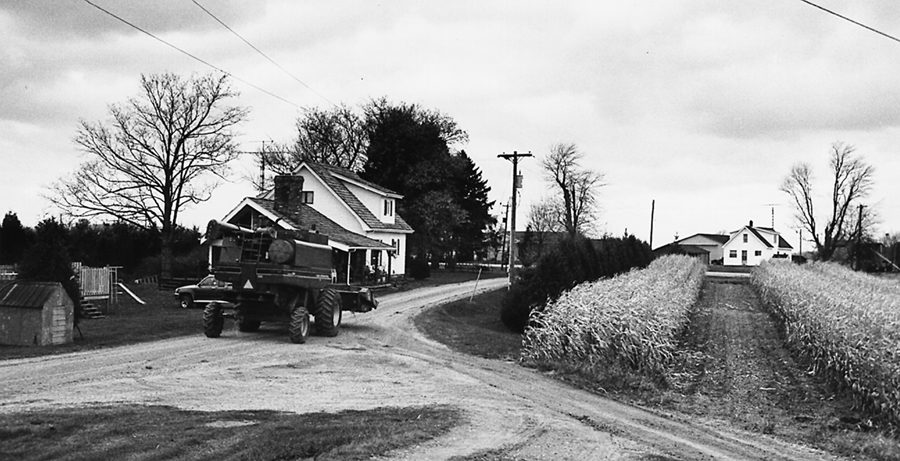No-Till Farmer
Get full access NOW to the most comprehensive, powerful and easy-to-use online resource for no-tillage practices. Just one good idea will pay for your subscription hundreds of times over.

For no-tiller Doug Smith, inputs like fertilizer, herbicides and fuel tend to be more expensive for the Thamesville, Ontario, farmer than for his U.S. counterparts. So when you can get something for free, you take advantage of it.
Until the Canadian government finds a way to tax sunlight, Smith jokes, he’s looking to make the best use of it. He’s done that by raising crops in 15-foot-wide strips. The result are increases of corn yields by at least 15 percent.
“We know the corn is going to get more light. There’s nothing besides it,” says Smith, who raises soybeans, wheat and white beans alongside the corn strips.
Smith told attendees at the sixth annual National No-Tillage Conference in Indianapolis, Ind., to envision these six-row strips of corn as the rows along the edges of fields. Quite often, he finds rows along field edges produce two ears of corn per plant and higher yields because they receive sunlight all day and aren’t shaded by other corn plants.
To maximize yields even more, Smith has varied seed populations in the strips. He has pushed plant populations as high as 45,000 plants per acre for the outside rows.
“You can see ears that are not completely filled to the end in those outside rows, but they are not nubbins, either,” he says. “We think we need to have more plants on the outside rows because that’s where that light comes to.”
With Bt seed corn, as well as most inputs…